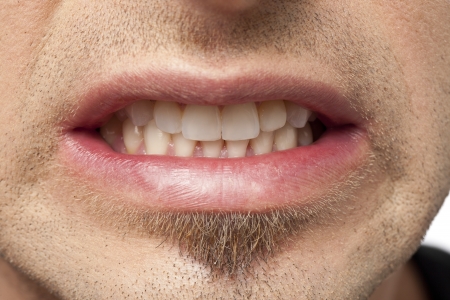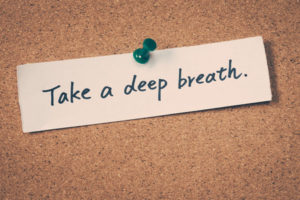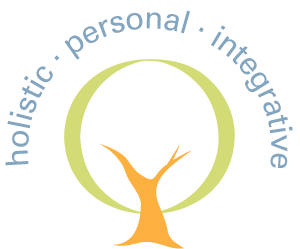
TMJ Clenching? The #1 tip to relax your Jaw Muscles
TMJ Clenching? Discover the #1 Tip to relax your Jaw Muscles
Everyone should learn to do this simple strategy. It can help to reduce your jaw pain and prevent future jaw dysfunction and TMJ Clenching pain.
Jaw pain is frequently aggravated by teeth clenching and repetitive tightening of the Temporalis and Masseter muscles of the jaw. These are the two primary muscles which bite down and close the jaw. You can feel them bulge/tighten on the side of your head and jaw respectively when you clench teeth. Muscle overuse can also occur without teeth contact, such as repetitive biting onto your tongue, lips, cheeks or foreign object (e.g. a pen). Ongoing muscle tightening/bracing without teeth contact can also occur with tension/stress. Repetitive tightening and strain of these muscles can result in pain the area of the jaw, cheeks, head and neck.
In nearly every activity you do, the teeth should not be touching at all. The jaw muscles should not be engaged except for biting into and chewing food.
A vital aspect to not clenching and overusing the jaw muscles during the day, is to be mindful not to let your teeth touch together and consciously relax the jaw muscles. The key is to actually focus on your tongue position!
The tongue is the key to unlocking your jaw tightness and pain!
- Place your TONGUE UP on the roof of your mouth – this is the KEY. Your tongue should not touch the the upper front teeth. It should just rest lightly like it’s floating on the top of the palate with mild suction. Make the “N” sound – feel the tongue touch the upper palate of the mouth. This is the correct tongue position. You should be able to comfortably hold you tongue up without too much effort.
- Keep TEETH APART – slightly. There should be no teeth contact. Just let your jaw hang lightly.
- LIPS softly touching together, or slightly apart.
- RELAX the muscles in your face, jaw and cheeks and let any tension release
Practice…. all the time (except when talking and eating)
When walking, sitting, reading, writing, typing, doing handy or manual tasks, sewing, cleaning, driving, while contemplating, waiting for a bus/train, watching TV or movies or listening to a friend. Especially think about keeping this position when performing activities which requiring extra effort or concentration.
Practice…. anywhere – At home, work, in transit or during recreational or sport activities.
Become mindful of your tongue position with various tasks. If you feel it come forward or thrust between your teeth, just place it back on the roof of the mouth and take yourself back through each step.
Key to not clenching is: Tongue up, teeth apart, lips soft, and relax jaw.
Say it over and over to yourself, sing it, write it on a post it note and stick to your computer, set it on your phone and computer home screen, set “self-check” phone alarms, or get creative with other ways to remind yourself of where your tongue, teeth and lips are at various times of the day.

 Previous Post
Previous Post Next Post
Next Post



 © copyright 2015 Segelov Physical Therapy, PLLC. All rights reserved.
© copyright 2015 Segelov Physical Therapy, PLLC. All rights reserved.